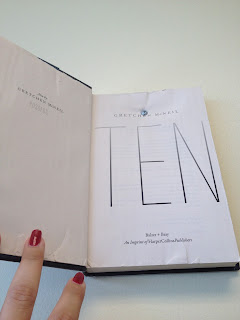 |
| Pumpkin patch, textured landscape drawing by one of my middle school students. |
During the first grading period of school I focus on basic concepts that
the students will need throughout the year. A huge chunk of this time
is used to explore certain elements of art that the students might need
extended comprehension on. One of the projects that I enjoy doing is textured landscape drawings. I find that this project helps students understand the element of art that is texture. In addition, the students also have the possibility to explore the other elements such as color, value, shape, line and space. Below you will find a simple step-by-step for this fun activity. I found that it took about 2 class times to complete (each class time is about 105 min).
 |
| Spring time, textured landscape drawing by one of my middle school students. |
Step 1
I start off by handing the students a blank paper and ask them to place their names on the top right. I have them turn it over to the blank side and in a landscape orientation. We then commence the step-by-step drawing instructions that I do on the board.
Step 2
I explain the directions and have them follow along almost in a 'Simon says' type of way. I call it 'Simon draws', this way the students know to do something similar to what I have drawn on the board.
Step 3
The drawing usually involves the following 'Simon draws' directions.
 |
| 1. I usually have them draw a wavy line right below the middle of the paper. |
 |
| 2. Proceed to draw another, less wavy line below the previous one. |
 |
| 3. Add 2 funny looking capital W's on each side. |
|
 |
| 4. Contribute a square/rectangle next to each capital W. |
 |
| 5. For the final instructions I have the students convert the capital W's into trees by adding leaves to the top. The squares/rectangles get triangles added to the top and are then converted into houses. |
Step 4
After the simple 5 directions are completed, I have the students add windows, doors and textures to the roofs of the houses. In addition I have them create different textures throughout the whole landscape by having them think of lines, shapes and visuals that might enhance and help them create a unique textured landscape.
Step 5
Once all the drawing work is completed, the students are then welcomed to color in with color pencils, markers and crayons.
 |
| Out on the country field, textured landscape drawing by one of my middle school students. |
 |
| Great Outdoors, textured landscape drawing by one of my middle school students. |
























